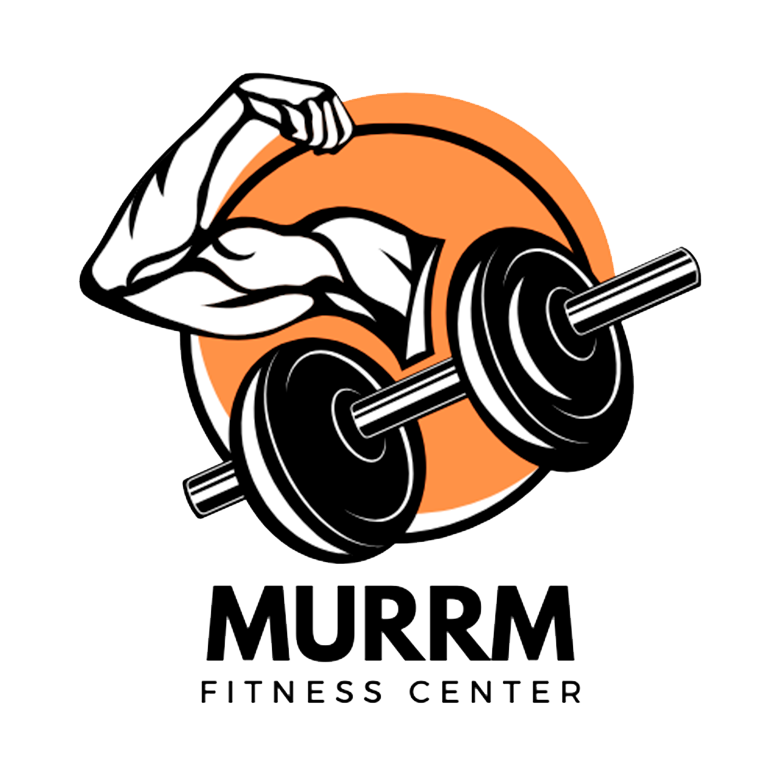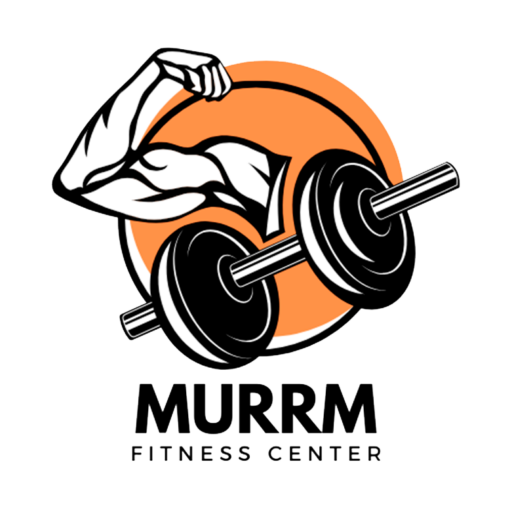Resistance machines offer a structured and effective way to target specific muscle groups and build strength. To make the most of your resistance machine workouts, it’s essential to start with a solid understanding of the basics. Here’s a beginner’s guide to mastering resistance machines and progressing effectively:
1. Understand Machine Functionality:
- Familiarize yourself with the different types of resistance machines available at your gym, including chest presses, leg curls, lat pulldowns, and more. Learn how each machine targets specific muscle groups.
2. Seek Professional Guidance:
- If you’re new to resistance machines, consider scheduling a session with a fitness trainer. They can teach you how to use the machines safely and effectively, ensuring proper form.
3. Start with Low Resistance:
- Begin with a light resistance setting on the machines to get a feel for the movement and build a foundation of proper form. Focus on mastering the movement pattern.
4. Proper Setup and Adjustments:
- Adjust the machine settings to fit your body size and range of motion. Ensure that your posture and alignment are correct before starting any exercise.
5. Full Range of Motion:
- Perform each repetition with a full range of motion, allowing the muscle to stretch and contract fully. Avoid using momentum to lift the weight.
6. Controlled Movements:
- Prioritize control over speed. Lift and lower the weight in a controlled manner, emphasizing muscle engagement throughout the entire range of motion.
7. Breathing Technique:
- Maintain proper breathing during your exercises. Inhale during the easier phase of the movement (usually the eccentric phase) and exhale during the effort phase (usually the concentric phase).
8. Gradually Increase Resistance:
- As you become more comfortable with the machines and your form improves, gradually increase the resistance level. Aim for a weight that challenges you but allows you to complete your desired number of reps with proper form.
9. Balance Upper and Lower Body:
- Ensure a balanced workout routine that targets both your upper and lower body. Include machines that work various muscle groups for overall strength development.
10. Mix in Compound Movements:
- While resistance machines are effective, don’t rely solely on them. Incorporate compound movements like squats, deadlifts, and bench presses to engage multiple muscle groups simultaneously.
11. Periodize Your Training:
- Periodization involves changing your workout routine periodically to prevent plateaus and promote continued progress. Plan phases of higher intensity and lighter recovery periods.
12. Prioritize Rest and Recovery:
- Give your muscles ample time to recover between resistance machine workouts. Overtraining can lead to fatigue and hinder progress.
13. Listen to Your Body:
- Pay attention to your body’s signals. If an exercise causes pain or discomfort beyond normal muscle fatigue, stop immediately and seek guidance.
14. Record Your Progress:
- Keep a workout log to track your exercises, sets, reps, and the amount of resistance used. This helps you monitor your progress and make informed adjustments.
By mastering the basics of resistance machines and progressing systematically, you’ll be well on your way to building strength and achieving your fitness goals. Consistency, proper form, and gradual progression are key elements of a successful resistance machine workout routine.







